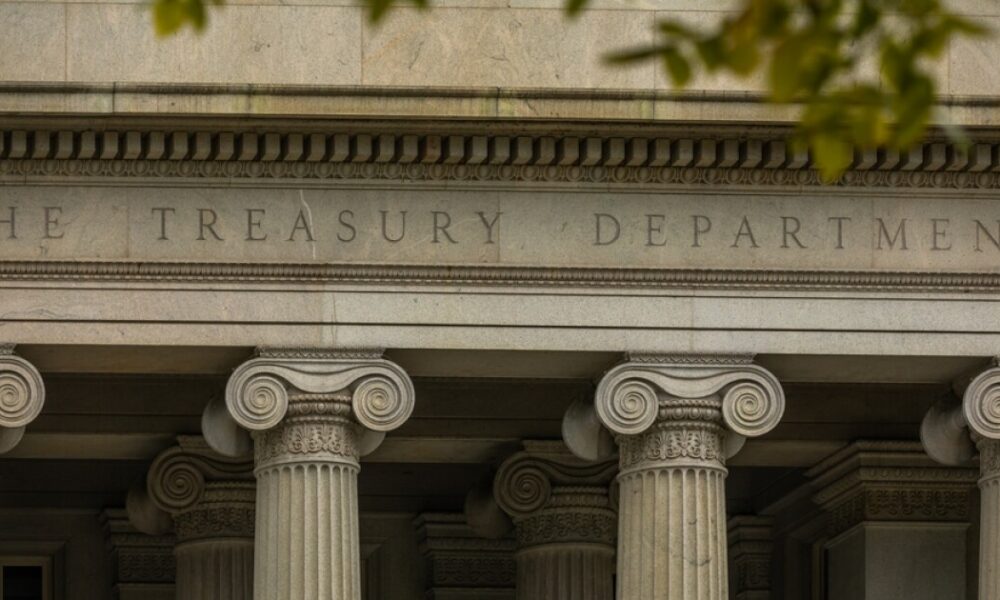URGENT UPDATE: The U.S. national debt has just surged past $38 trillion, marking a troubling milestone amid an ongoing federal government shutdown. This alarming increase comes just weeks after the debt reached $37 trillion in August, representing the fastest accumulation of a trillion dollars since the COVID-19 pandemic.
According to the latest report from the Treasury Department, this rapid escalation in debt highlights the growing financial burden on Americans. Experts warn that such a significant debt load can lead to higher inflation, diminishing purchasing power for families across the country.
Kent Smetters, a respected economist from the University of Pennsylvania and former Treasury official under President George W. Bush, stated, “A growing debt load over time leads ultimately to higher inflation, eroding Americans’ purchasing power.” With rising debt, consumers can expect higher borrowing costs for homes and automobiles, as well as increased prices for everyday goods and services.
“I think a lot of people want to know that their kids and grandkids are going to be in good, decent shape in the future — that they will be able to afford a house,” Smetters emphasized.
This surge in national debt carries immediate implications for Americans, as the Government Accountability Office outlines the impact of rising debt, including potential job losses and reduced wages due to businesses facing tighter financial constraints. The pressure on household budgets is intensifying, making it harder for future generations to achieve homeownership.
Additionally, the Joint Economic Committee reports that the national debt has been increasing at an alarming rate of $69,713.82 per second over the past year. Michael Peterson, chair and CEO of the Peter G. Peterson Foundation, expressed deep concern regarding this trend, noting, “Reaching $38 trillion in debt during a government shutdown is the latest troubling sign that lawmakers are not meeting their basic fiscal duties.”
As interest costs become the fastest-growing part of the budget, Peterson warned that the U.S. will spend $14 trillion on interest over the next decade, compared to $4 trillion in the last ten years. This staggering figure threatens critical public and private investments vital for the nation’s economic future.
While the Trump Administration claims that its policies are helping to curtail spending, the recent data shows a cumulative deficit of $468 billion from April to September 2024—marking the lowest reading since 2019. However, as Treasury Secretary Scott Bessent noted in a statement on X, “We are still facing significant fiscal challenges.” The administration faces increasing scrutiny as it attempts to balance growth and fiscal responsibility.
Looking ahead, Americans must remain vigilant as Congress grapples with the implications of this unprecedented debt level. The potential for rising interest rates and escalating inflation could have long-lasting effects on household finances and economic stability. As lawmakers continue to negotiate, the urgency for a sustainable fiscal strategy has never been clearer.
Stay tuned for more updates on this developing story, as the implications of the national debt crisis unfold in real-time.






